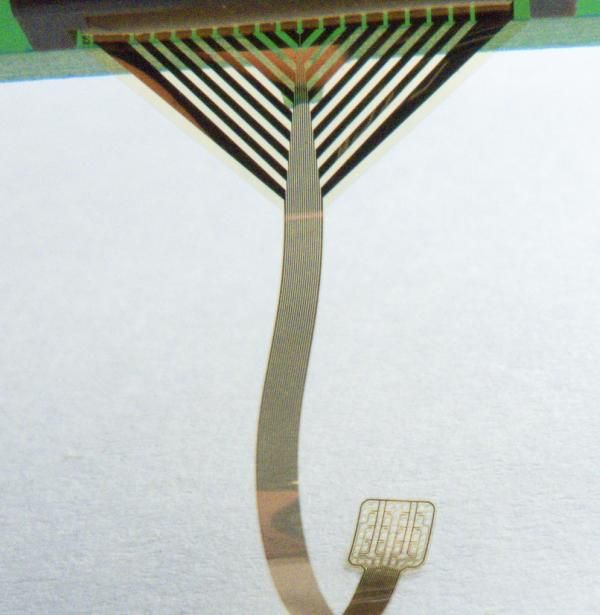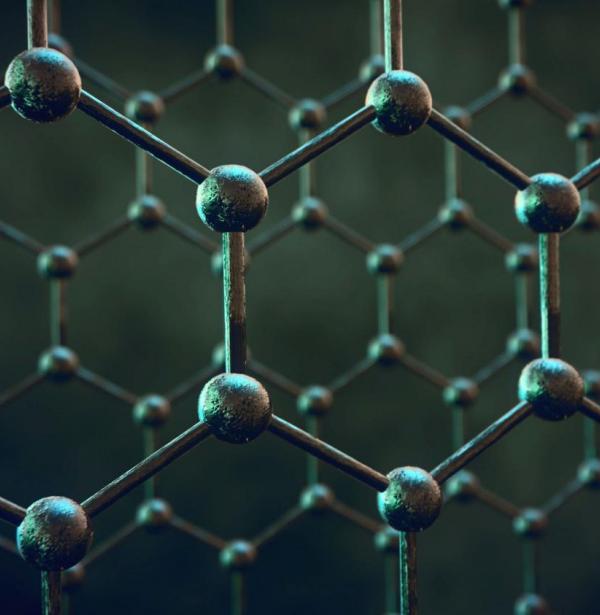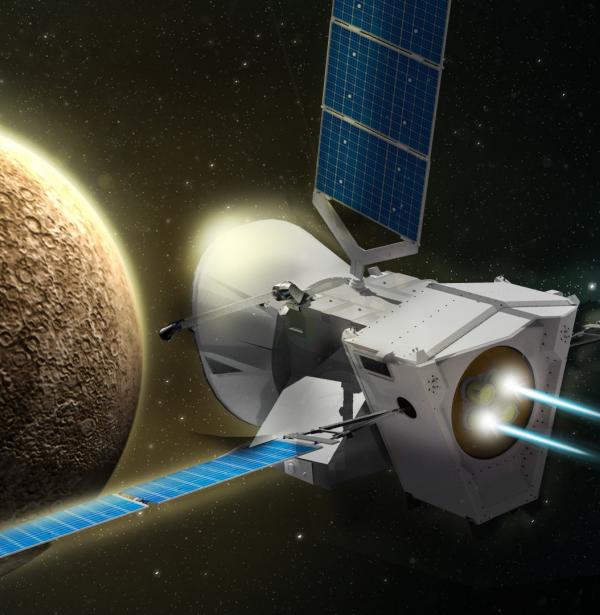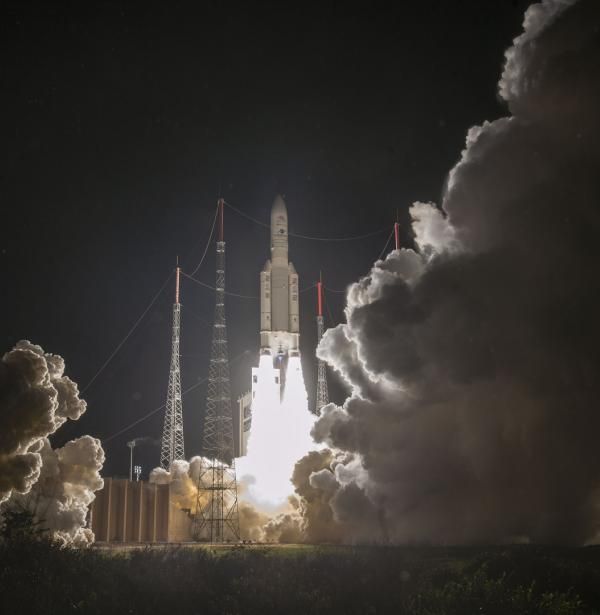News
Get the latest news about the center, the scientific production and the activity of our researchers.
Graphene-based implant overcomes technical limitations to record brain activity at extremely low frequencies
This graphene-based implant can record electrical activity in the brain at extremely low frequencies, below 0.1 HZ, and over large areas. The prototype was developed by scientists from the Barcelona Microelectronics Institute (IMB-CNM) of the CSIC, the Catalan Institute of Nanoscience and Nanotechnology (ICN2, a center of BIST and CSIC), and the CIBER-BBN. Published in Nature Materials, this groundbreaking technology promises to enhance our understanding of the brain and pave the way for the next generation of brain-computer interfaces.
Low cost and easy delamination process to isolate high quality graphene films
Researchers from the Institute of Microelectronics of Barcelona (IMB-CNM) and the laboratory CIBER- BBN have developed a simple procedure to isolate highly crystalline graphene. The method enables the graphene to be transferred from the silicon carbide substrate, where it has been formed, to any other one, such as a dielectric for electronic device applications.
The IMB-CNM organises a pre-launch event on the BepiColombo mission to Mercury
On Friday 19 October at 12 noon, the d'octubre, a les 12h, the Barcelona Microelectronics Institute branch of the National Microelectronics Centre (IMB-CNM, CSIC), located on the UAB campus, will offer an information session previous to the launching of the BepiColombo mission, with talks from experts who participated in the project. The space probes include components manufactured at the Bellaterra campus.
Componentes diseñados y fabricados en el IMB-CNM viajan a Mercurio
Los dispositivos, diseñados y fabricados en el Instituto de Microelectrónica de Barcelona (IMB-CNM) del CSIC, son un elemento crítico de la misión BepiColombo, cuyo lanzamiento está previsto para el sábado 20 de octubre. Son 700 diodos de protección de las celdas fotovoltaicas de los paneles solares, que estarán expuestos a temperaturas muy extremas: de 300 ºC durante el 'día' hasta 150ºC bajo cero en la 'noche'.









